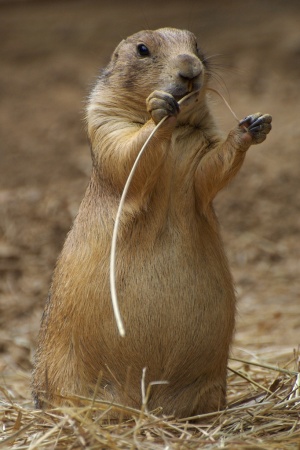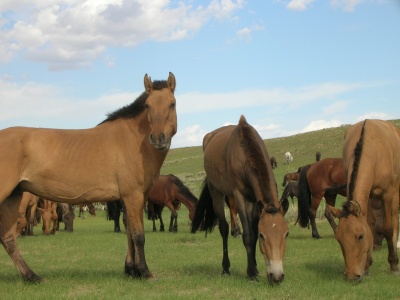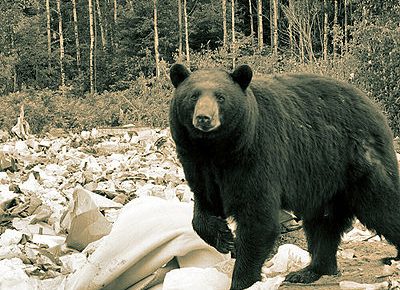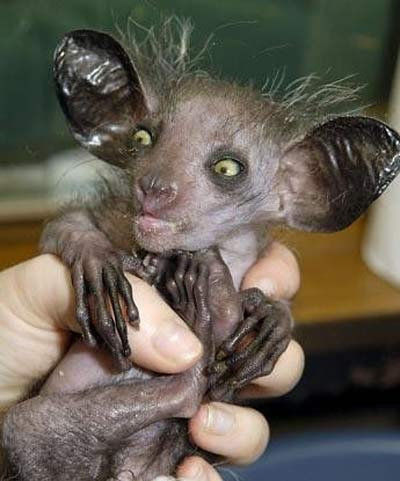
It is an unfortunate fact that some rodent species are now endangered in the wild. This is due to factors such as loss of habitat due to urban development and the fur trade. Efforts are being made to conserve these species and increase their population numbers.
The long-eared jerboa is a rodent which lives in the deserts of Mongolia and China. It is a nocturnal animal which hops around like a kangaroo. It is classified as endangered on the IUCN Red list due to habitat destruction.
The Short-tailed Chinchilla, a native of South America, is critically endangered due to habitat destruction and exploitation. Its fine dense fur is very popular in the fur industry. Conservation laws have made it illegal to hunt chinchillas, but many are bred in captivity for their fur.
The Prairie Dog’s population has been rapidly declining since the 1960s. This is a result of poisoning, sylvatic plague (a nonnative disease), drought, and habitat alteration induced by agricultural and grazing activities. Conservation efforts first focused on moving these animals to public lands and protecting them there, but later focused on protecting the prairie dogs still living on private land.
The Delmarva fox squirrel was listed as federally endangered in 1967. The population of this rodent has been reduced by 90%. Timber harvesting, converting forested land into farms, housing developments, roads and commercial property have caused these squirrels to lose their habitat. Most Delmarva fox squirrels now inhabit national wildlife refuges and public land.
Mountain beavers are considered to be the most primitive rodents alive today and they are endangered due to habitat loss and fragmentation. This is primarily due to construction of recreational facilities, urban development, conversion to agricultural use (farming and livestock grazing), and construction of transportation and utility corridors.



